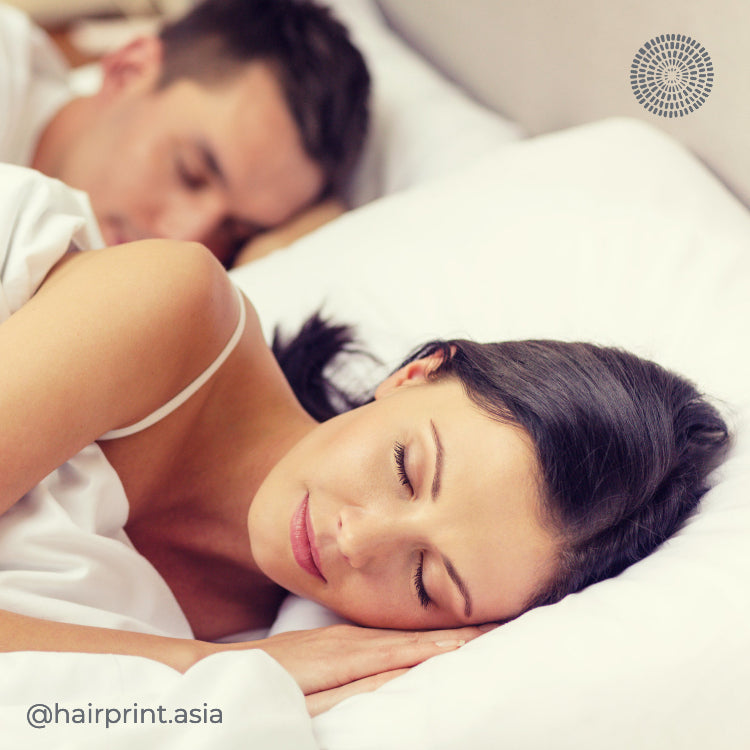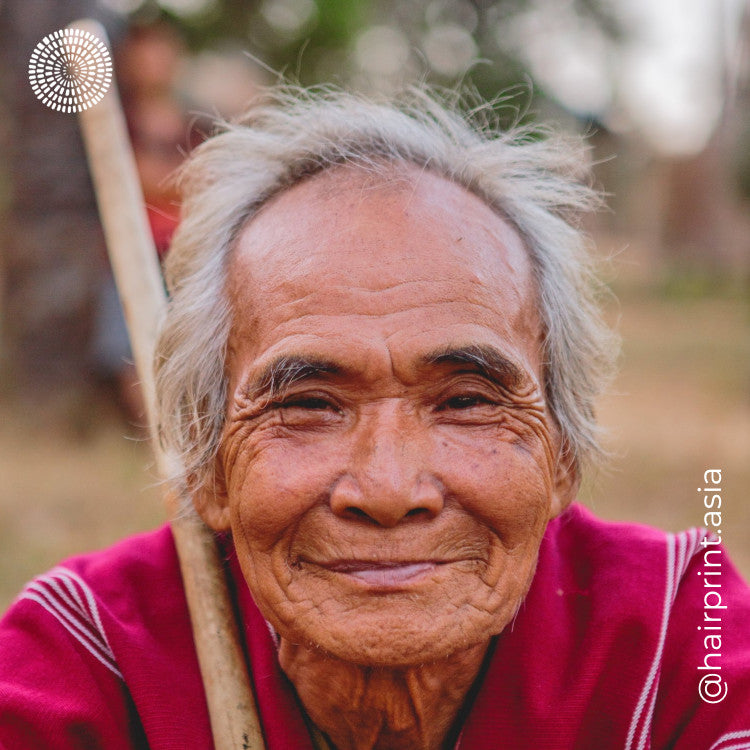Oh, the things about hair you did not know!

We may often take our hair for granted. But they are incredibly strong tiny shafts made mostly of a protein called keratin.
They are anchored in a group of specialised cells called hair follicles, which supply oxygen and nutrients to the root (or bulb) of the hair, and lubricate the hair with an oily substance called sebum.
We are completely covered with hair follicles, except on the palms of our hands, soles of the feet and the lips. Mostly, hair follicles are tiny, and the hairs they produce don't grow long enough to protrude from the pore (thank goodness, right!)
The areas where hairs do protrude (and are visible above the skin) include the armpits, face, around the genitals, legs, the front of the chest, the back, and most profusely, on the scalp of the head. A scalp typically contains about 100,000 hair follicles.
While our hair is simple in structure, it has important functions in social functioning. Hair is made mostly of a tough protein called keratin and each strand can hold up to 100 grams of weight (and they don’t even go to the gym!)
A hair follicle anchors each hair into the skin. The hair bulb forms the base of the hair follicle. In the hair bulb, living cells divide and grow to build the hair shaft. Blood vessels nourish the cells in the hair bulb, and deliver hormones that modify hair growth and structure at different times of life.
When hair grows, it’s in three cycles:
1. Anagen (growth phase): Most hair is growing at any given time. Each hair spends several years in this phase.
2. Catagen (transitional phase): Over a few weeks, hair growth slows and the hair follicle shrinks.
3. Telogen (resting phase): Over months, hair growth stops and the old hair detaches from the hair follicle. A new hair begins the growth phase, pushing the old hair out.
Hair grows at different rates in different people; the average rate is around one-half inch per month.
Your natural hair color is created by pigment cells producing melanin in the hair follicle. With aging, we stop producing melanin, and hair turns gray (but we can help reverse that process for you, healthily and safely).
So there you go – that strand of hair looks simple with our naked eye, but it is actually a very remarkable organic unit. Treat it with good care, and always love your hair!
Picture Credit: Designed by Freepik







